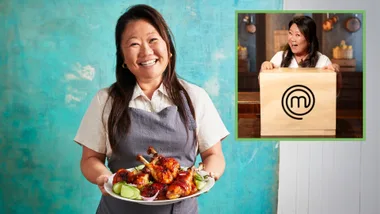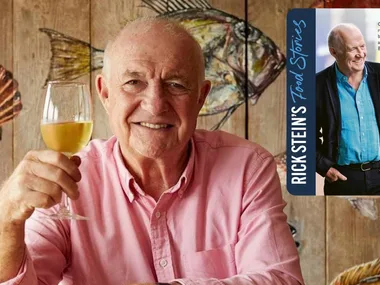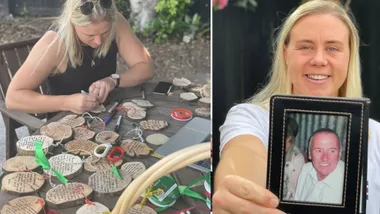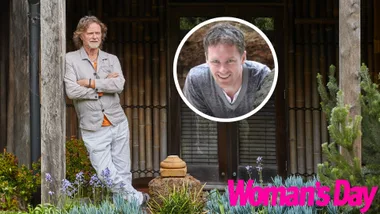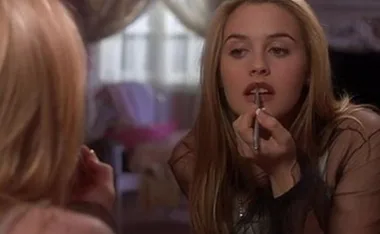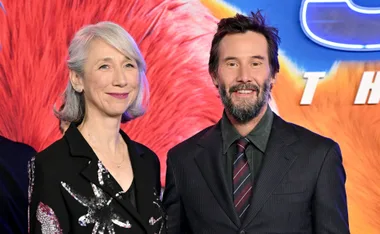Million Dollar Woman has uncovered the truth at last, with research confirming it costs 4 per cent more to be a woman than a man.
Given that, I have a confession. I have a shoe fetish. Some people go weak at the knees at a new car, the latest designer handbag, an overseas holiday or a night out at an expensive restaurant. For me, it’s what’s wrapped around my feet. The trouble is, new shoes often look and feel fabulous in the store, but by the time I get them home and have worn them once, they feel like wooden clogs — with the same pizazz as a pair of Ugg boots. This winter I have two perfectly good black pairs sitting in my wardrobe, never to see the light of day — rejected by their mother.
Are all women like this? Are we chronic spenders, splashing out on our favourite playthings while men earnestly count their savings? We spend more on clothing, hair, beauty and gift giving, while our blokes splash out more on entertainment and health.
Is it any wonder that it costs more to be a woman than a man when we pay more than $70 for a simple haircut and blow-dry when men are often handed change from $35?
Why do women’s clothes always seem to cost more than men? Is our fashion more upmarket or are guys simply tighter with their cash? Or is it because we are suckers for a good sales pitch?
Let’s face it we’ve all been there, you walk into a shop and the assistant says you look ‘great’ in that over-priced, barely-fitting dress. “Oh, that’s such a good colour on you”. We shouldn’t fall for such a transparent sales pitch, particularly when the sales assistant is barely out of nappies. For me I’d much rather go shopping with a girlfriend who’ll provide some honest advice: “Lynette, that colour clashes with your eyes and the cut makes you look like Aunt Cheryl”. That’s what friends are for.
In the past I’ve felt like a fool for buying the same thing over and over again. I’m now drawing a line in the sand. This winter I said no to the six pairs of near identical black pants in the wardrobe and took the shocking move of drawing up a clothing ‘list’.
We do it shopping for groceries at Woolworths and Coles, so why not Westfield? The turnaround has been dramatic. I feel liberated, free from the impulse purchases that hit the credit card hard and make the monthly repayments more difficult than they need to be. I’ve got back to basics, even though my husband still heads out to JB Hi-Fi every second weekend with our 10-year-old son to feed his gadget habit. Sure, there’s some great father-son time going on there, but I’d be just as happy if they kicked a footy around the local park.
One half of me is happy being the ‘sensible shopper’ while the other half yearns for the instant joy of wandering past a boutique window and saying ‘I’ve just GOT to have that gorgeous dress’. What does all this mean? This Saturday night my husband is staying home to look after the kids and I’m going to hit the town with my girlfriends to have a good time.
We deserve it. What are you going to do? More results from the Cost of Being a Woman survey.
Lynette Argent is the CEO of Million Dollar Woman, an insurance brand designed to meet the needs of women.



.jpg?resize=380%2C285)
.png?resize=380%2C285)
.jpg?resize=380%2C285)



.jpg?resize=380%2C285)

















